I did a detail analysis of this image, locating about 18 double stars... WSI 22 is near the bottom-right.
HD 344275 imaged at 1:55.
Well. Those remarkable faint bluish stars horizontally arranged at the bottom-left or south-east corner of the image at the members of double star LDS 1023. The PA would be around 270. Separation? Huge! Once again begs the question, why would not HD 344504 with it's somewhat bright neighbour not be considered a double?!
Tycho 1613-568-1 imaged at 2:11.
WW Vul aka LI 2 is at the bottom right of the image. The companion is mag 16, I believe. So below the threshold for these images...
GSC 1612-891 imaged at 2:15.
[ed: This is the best image of STF 3111. You can clearly see a snowman oriented NW-SW. Not separated. Blue and white stars. 2.5". PA from ST3 is 116°. Wow.]
[ed: Nice easy pair, horizontally oriented in the north-west quadrant. A is left or east, white or pale blue; pale orange star to the west. That's SLE 943, from the WDS. SkyTools calls the east star TYC 01612-1263 1 and the west GSC 01612-1421.]
HD 182695 captured at 2:22.
[ed: Near centre is the pleasing double. White and orange stars, unequal. PA is maybe 170. This is SLE 946 from the WDS. SkyTools shows a single star, the aforementioned HD 344317.]
Tycho 2125-1587-1 photographed at 2:27.
[ed: Double star J 1221 is in this image but at 2.1", it is not resolved. SkyTools refers to this as TYC 02125-1240 1.]
COU 516 captured at 2:39.
Tycho 1612-431-1 imaged last at 2:43.
STF 2523 and KRU 8 are here at the bottom-right. But they are better represented in an image from Friday...
Most were manually identified. Astrometry.net did not respond to two attempts.

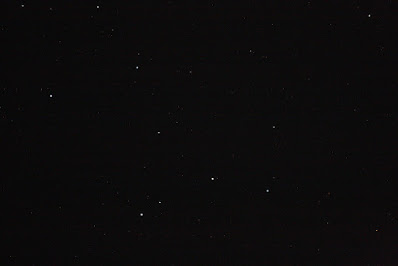



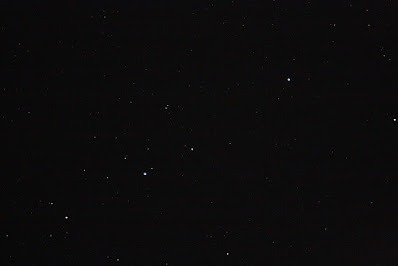
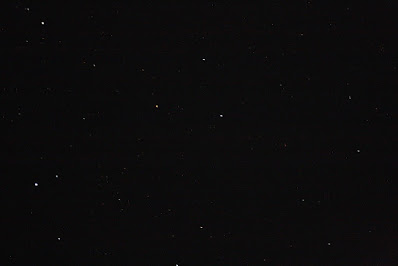



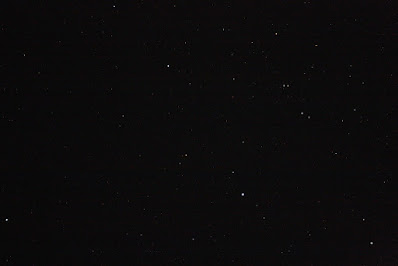


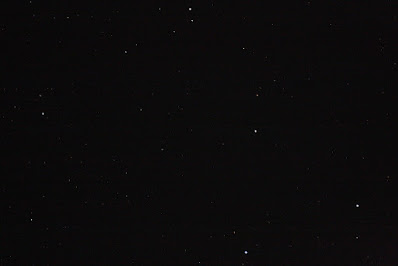

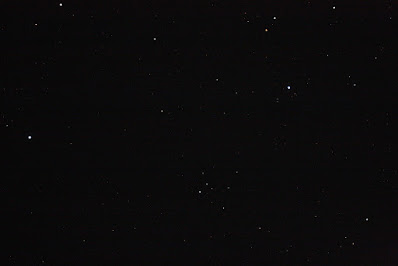





No comments:
Post a Comment